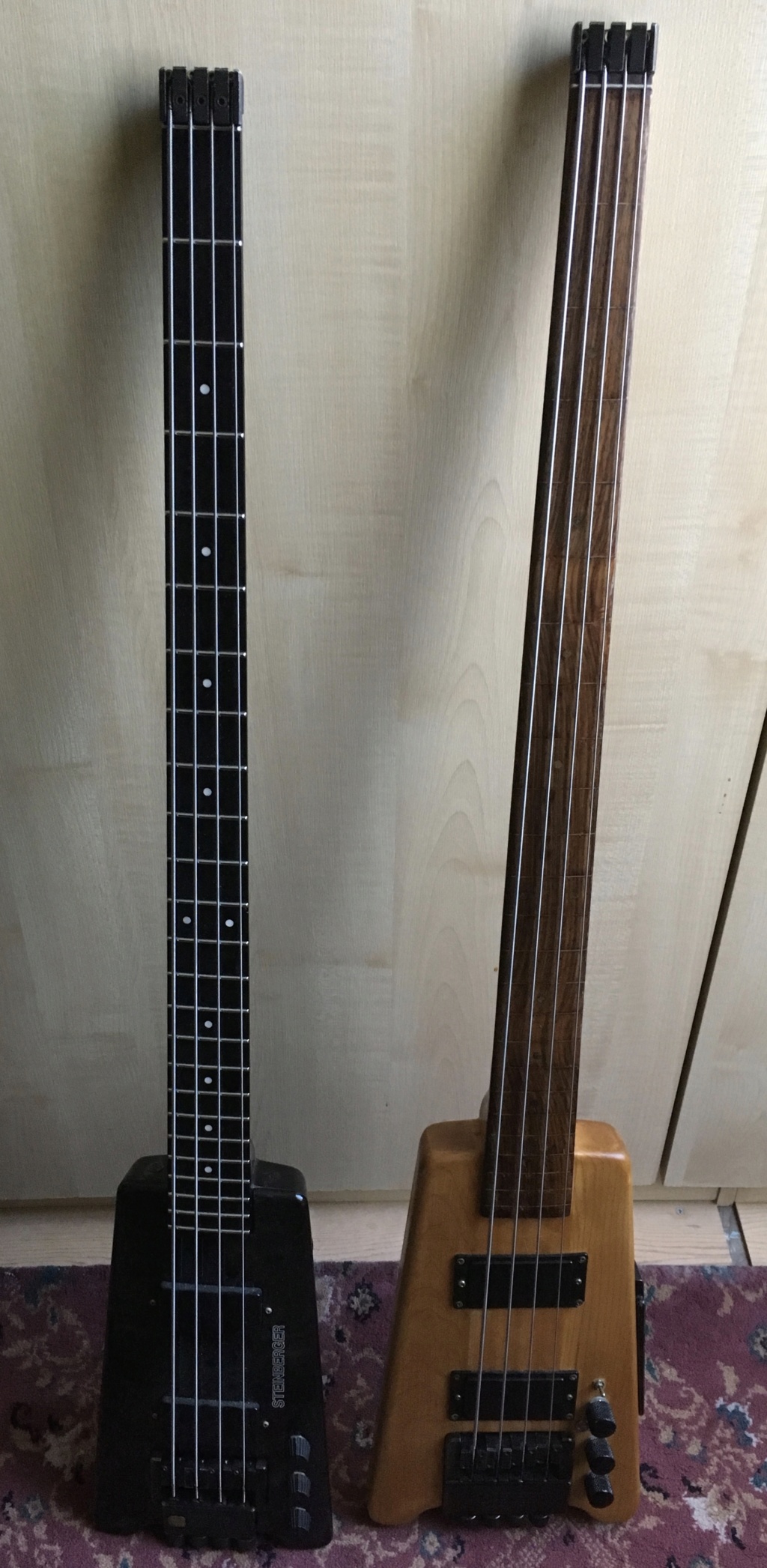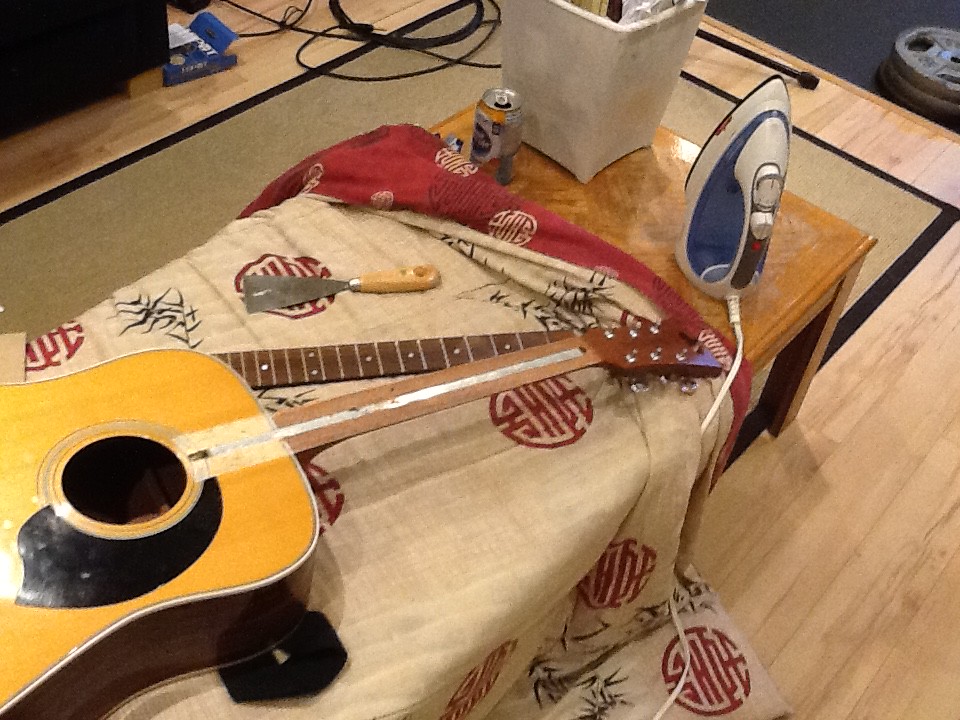S
swarfrat
Guest
So I found a donor bass cheap (Ibanez TMB105) There not being ANY unlined fretless 5-strings p-basses on the market in budget friendly prices - I'm thinking about defretting it. I've seen some discussion other places but I thought I'd ask the folks I know:
What do you think about filling/dying/epoxy vs just completely replacing the fingerboard? LMII sells fingerboard blanks. I don't really need to save the stock fingerboard. It's an Ibanez, not a Fender pocket so it's not like I can just order a Warmoth neck for it. In fact, there aren't really any good donor bodies out there either.
I might attempt to remove the fingerboard but I could always just rout it off if that proves to be a problem. I've done a body from scratch but never a neck. LMII will radius the blank. I suppose I could probably stain and epoxy it off the neck, then glue it for a zero run zero cleanup job. But what's involved in setting up a radiused fingerboard? Is it just glue it on, final sand, and adjust the truss rod? Is there more? Is this a stupidly steep learning curve?
What do you think about filling/dying/epoxy vs just completely replacing the fingerboard? LMII sells fingerboard blanks. I don't really need to save the stock fingerboard. It's an Ibanez, not a Fender pocket so it's not like I can just order a Warmoth neck for it. In fact, there aren't really any good donor bodies out there either.
I might attempt to remove the fingerboard but I could always just rout it off if that proves to be a problem. I've done a body from scratch but never a neck. LMII will radius the blank. I suppose I could probably stain and epoxy it off the neck, then glue it for a zero run zero cleanup job. But what's involved in setting up a radiused fingerboard? Is it just glue it on, final sand, and adjust the truss rod? Is there more? Is this a stupidly steep learning curve?





